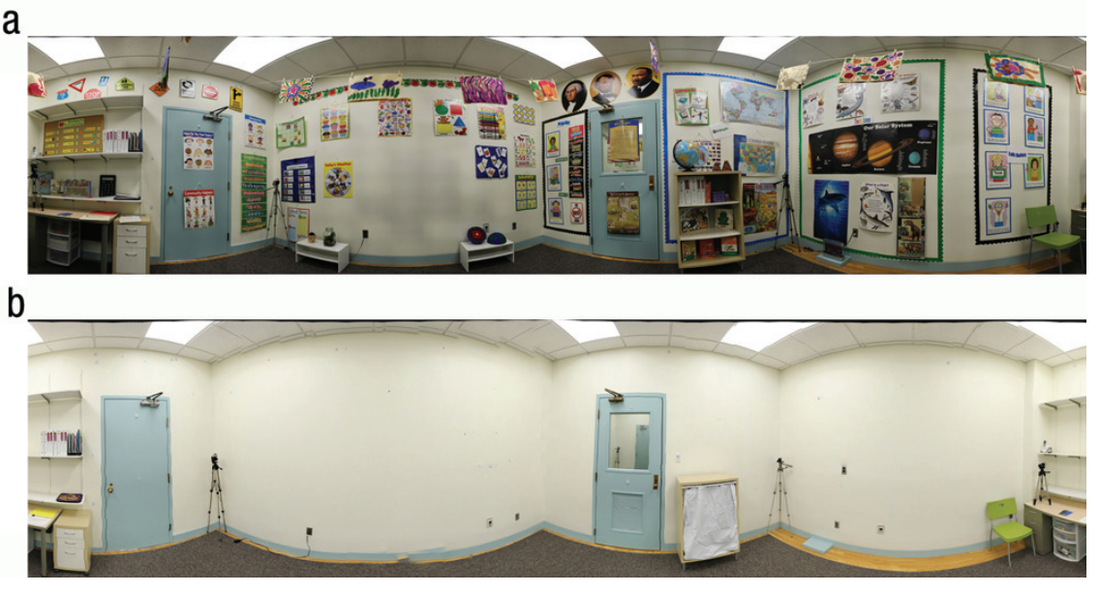My colleague at the University of Virginia, Shige Oishi, is, without exaggeration, a brilliant and highly accomplished man. I recently learned that he briefly thought about a career in teaching in Japan. I asked why he didn't pursue it.
He told me "I wasn't sure I could do it. The entrance examination is very very difficult. I knew I would have to study at least a year, and then I wasn't sure I could pass."
So he took the easy route. He got a PhD and became a professor.

 RSS Feed
RSS Feed